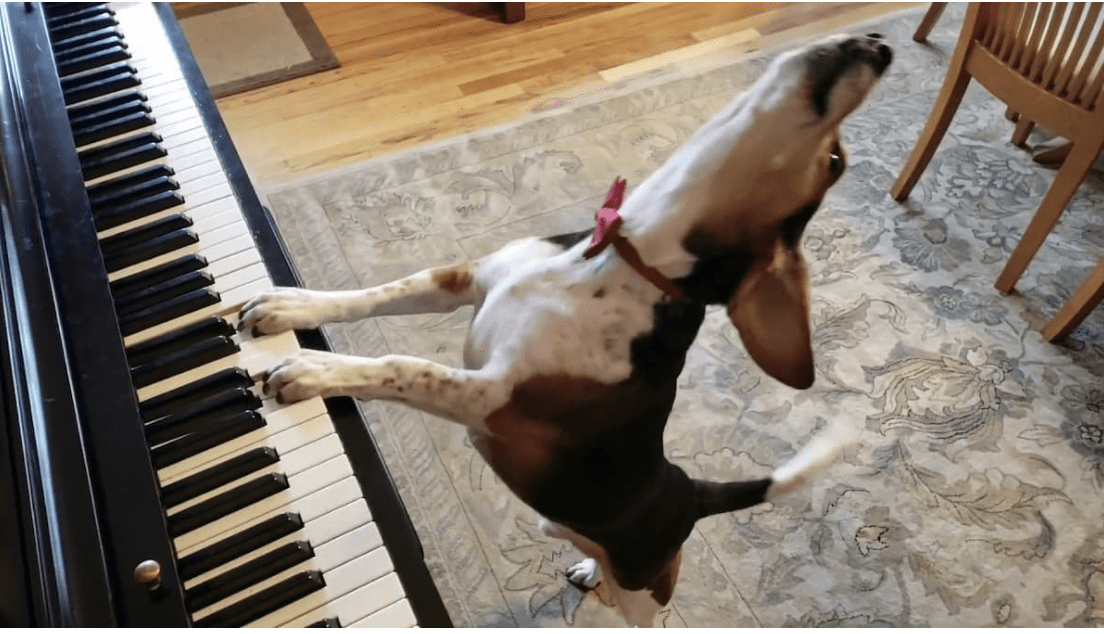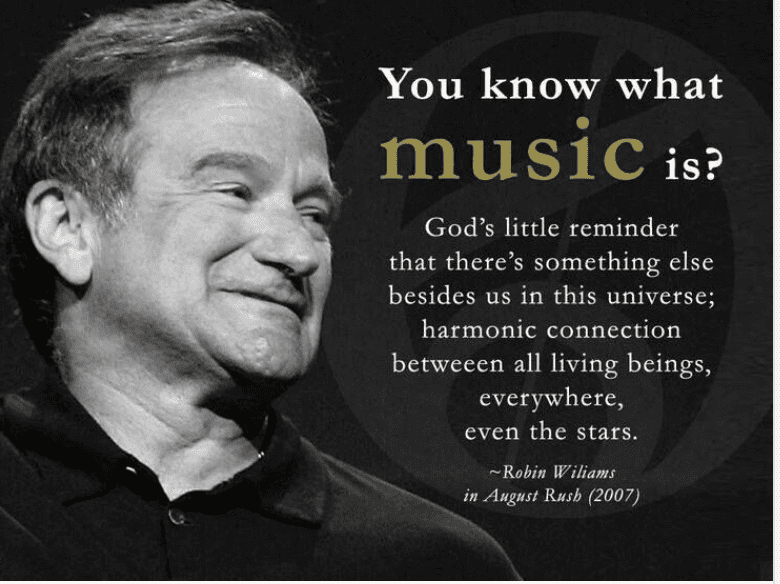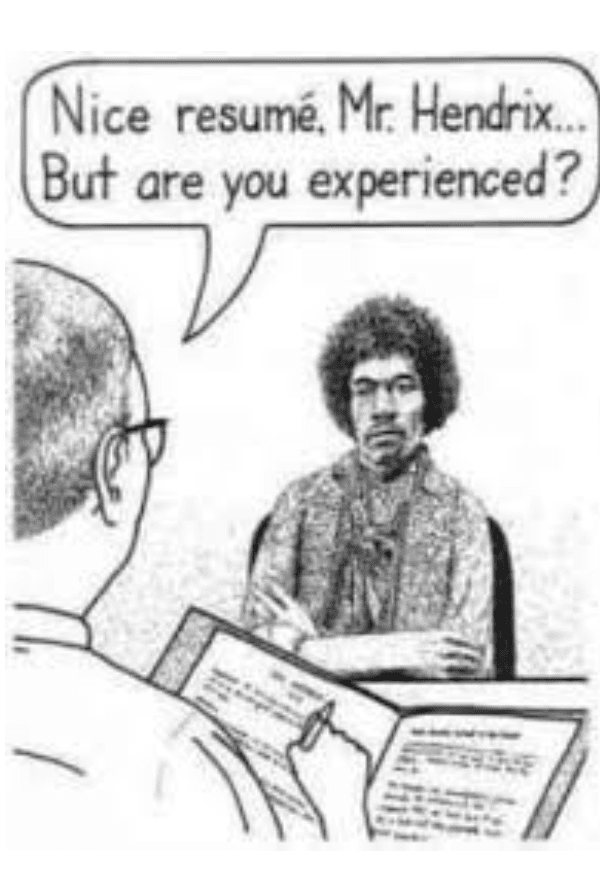Explore the Michelle Ostrove Blog
Singing is a physical production and actually has cardiovascular benefits. Even if you do not move around, the muscles in the torso, neck and the lungs are being used. A singer creates sound by using the abdominal and back muscles, the rib cage, throat, oral and sinus cavity. The vocal folds (cords) snap open and closed when you sing. There are so many different bodily functions going on when vocalizing. If you are performing a live show, the physical activity…
Read MoreDo singing voices age? Yes, as you get older your larynx, vocal cords and the rest of your body ages. Your skin goes through the aging process, it thins and stiffens. The larynx and vocal cords begin shrinking as well. As the vocal cords lose flexibility, a singer can lose control over the top of their head register, become less flexible and a singer’s voice can shift and drop. Many changes will happen over time as you age. As a…
Read MoreThe singing voice is believed to be the first original musical instrument. No one really knows who invented music. There is no historical evidence that exists to tell us when the first song was created. No one knows who made the first rhythmic patterns that resemble the music we know today. The only thing researchers know is that music was created thousands of years ago. The vocal production of music is so basic and predates the development of the spoken…
Read MoreIs singing a skill or a talent? It is both natural talent and a taught skill. Some people are just naturally talented vocalists with great tone and pitch, while others have to work at the skill. A good singing voice can be taught. Talent is subjective, it’s a personal feeling, taste, or opinion. To be a successful singer, you must have a pleasant-sounding voice. If you speak with a nasal tone, you will sing with a nasal tone. An appealing…
Read MoreWhat is twang? It is a technique used in performance to help singers have more power in their voice through amplification. Inside your larynx, which is the voice box, houses your vocal cords. When the vocal cords vibrate, they create sound when you sing. At the top of your larynx is the epiglottis. The epiglottis is a flap of tissue and cartilage located above the vocal cords. It is beneath the tongue at the back of the throat. When you…
Read MoreYour voice is like any other musical instrument and it has its own special resonating chambers for your tone. The vocal cords produce a tone, the tone resonates or vibrates through open ducts and chambers. Your resonating chambers are in the chest, mouth, nose (sinus mask) or head. These different chambers represent various vocal colors. For instance, a voice can go from dark (chest) resonance to a bright (nasal or head) resonance. This allows the singer to achieve a spectrum…
Read MoreBillie Eilish has a unique voice and sings most of her songs with soft and breathy (aspirate) voice. The aspirate onset is breathy vocal technique. This is a breathy and airy sounding voice in all ranges. There are some notable singers who have built their careers with this technique. Singers will use this technique in the verses and outros of a song. Billie Eilish is a soprano, she’s above the standard female pop alto because she really focuses on creating…
Read MoreSinger will use runs and riffs to enhance the song they are singing. They are both a melodic sequence of notes. How do you tell the difference between the two? A run is a long sequence of notes sung while a riff is a short sequence of notes. Runs are spontaneously, created to embellish or enhance the melody. A run is also called a “melisma.” The most outstanding vocal riffs are usually done to deepen the expression of emotion within…
Read MoreOne of the most important aspects of singing is the ability to control your pitch. It’s much easier playing a piano or some other instrument, because it’s visual and physical. You need to make sure you are playing the right note. For a singer there is nothing to see, it’s all about listening, you have a physical and an audio element. Although, I did have a client who used a pitch meter once. That will give you a visual idea…
Read MoreMany singers struggle to make the distinction between speech sounds and correctly singing resonance, resulting in a lack of resonance and other issues such as strain, tension and a lack of range. Resonance in singing is a step to vocal health, along with allowing a powerful and sustained vocal tone through diaphragm and breath control. There are various terms related to voice resonance like amplification, filtering, enrichment, enlargement and intensifying. It’s all about making a better, fuller sound. Resonance can…
Read More







